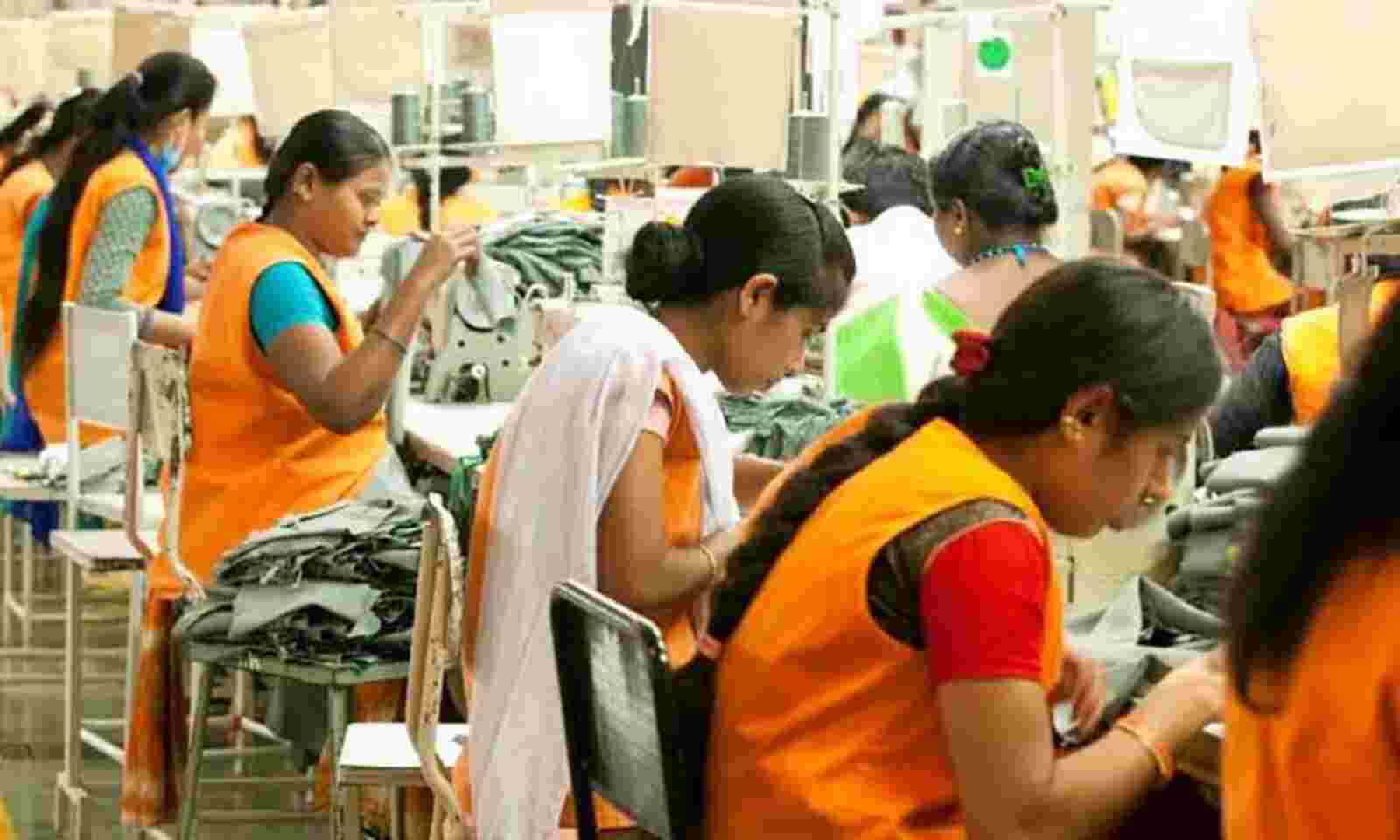The Changing Role of Women in India
The role of women in India has changed significantly over the past few decades. Traditionally, women were confined to the domestic sphere, responsible for cooking, cleaning, and caring for their families. However, with the advent of education and economic opportunities, women are now playing an increasingly important role in all aspects of Indian society
Education
One of the most significant changes has been in the field of education. More girls are now attending school and college than ever before. In 2022, the female literacy rate in India was 74.9%, up from 65.4% in 2011. This increase in education has given women the skills and knowledge they need to compete in the workforce and participate in public life.Workforce
The female labor force participation rate in India has also increased steadily over the past few decades. In 2022, it was 20.3%, up from 17.2% in 2011. Women are now working in a wide range of sectors, including agriculture, industry, services, and government.
Politics
Women are also playing an increasingly important role in Indian politics. In the 2019 general election, a record 78 women were elected to the Lok Sabha, the lower house of Parliament. This represents 14.3% of the total seats, up from 11.9% in the previous election. Women are also holding important positions in state governments and local bodies.
Social change
In addition to these changes in education, workforce, and politics, there is also a growing awareness of gender equality in India. There is a growing movement to challenge traditional gender roles and stereotypes. Women are now speaking out against discrimination and violence against women.

Challenges
Despite the progress that has been made, women in India still face many challenges. Gender-based violence is a major problem, and women are often underpaid and underrepresented in positions of power. However, the changing role of women in India is a positive development, and it is likely to continue in the years to come.
Conclusion
The changing role of women in India is a positive development. It is a sign that the country is progressing and becoming more egalitarian. Women are now playing an increasingly important role in all aspects of Indian society, and they are making significant contributions to the country's development.






Comments
Post a Comment